Determining how much house you can afford is one of the most important steps in the home-buying process. While it may seem as simple as looking at your savings or pre-approval amount, a deeper understanding of your financial picture ensures that your purchase is sustainable and fits comfortably within your lifestyle. From evaluating your income to understanding ongoing costs, this guide will help you identify the key factors that shape your home-buying budget.

Understanding Income and Debt Ratios
Your income is the cornerstone of your home-buying budget, and lenders use a metric called the debt-to-income (DTI) ratio to determine how much you can borrow. This ratio compares your total monthly debt obligations—like car payments, credit cards, and student loans—to your gross monthly income. Lenders typically prefer a DTI of 36% or less, though some may approve slightly higher ratios for borrowers with strong credit or significant savings.
Calculating your DTI is straightforward: sum up your recurring monthly debts, divide by your gross monthly income, and multiply by 100 to get a percentage. For instance, if you have $2,000 in monthly debts and an income of $6,000, your DTI is 33%. This figure gives you a realistic picture of how much of your income is already committed, helping you understand how much house you can afford without overextending your budget.
It’s also essential to consider how lenders view your income. Salaried workers often have a simpler verification process, while self-employed individuals or those with fluctuating incomes may need additional documentation. Including bonuses or freelance income may bolster your purchasing power, but ensure these earnings are regular and well-documented. A clear grasp of your income and DTI provides a solid foundation for determining what fits within your financial limits.
Establishing a Realistic Down Payment
A significant down payment impacts more than just your home purchase; it shapes your loan terms, monthly payments, and long-term financial security. While the traditional benchmark of 20% of a home’s price eliminates private mortgage insurance (PMI), many buyers take advantage of options requiring much less. FHA loans require as little as 3.5%, and VA and USDA loans even offer no down payment options for qualified applicants.
Saving for a down payment involves balancing affordability with speed. A larger initial investment reduces your loan balance, which can mean lower monthly payments and interest costs over the life of your loan. For example, on a $300,000 home, a 10% down payment would save thousands in interest compared to a 5% down payment. However, waiting to save the full 20% might delay your purchase, potentially leading to higher home prices or interest rates.
It’s crucial to leave some savings intact for emergencies or post-purchase expenses. Stretching your finances too thin to achieve a higher down payment could make homeownership stressful. Consider how your timeline and financial goals align. Are you eager to enter the market soon, or do you have the flexibility to save longer? Some buyers find that starting with a smaller down payment is a smarter choice, allowing them to start building equity sooner.
Ultimately, the size of your down payment is a personal decision that depends on your savings, goals, and financial comfort. Whether you choose to save more or opt for a smaller initial investment, ensuring you’re prepared for both the short-term costs and the long-term implications will help make your purchase a success.
Calculating Monthly Housing Expenses
Understanding your monthly housing costs is key to determining how much house you can afford. While your mortgage payment is the largest component, it’s far from the only one. Other essential costs include property taxes, homeowner’s insurance, and potentially homeowner association (HOA) fees, all of which contribute to your overall monthly expenses.
Property taxes vary widely based on location, assessed value, and local tax rates. Some areas have significantly higher rates than others, so it’s essential to research taxes on homes in your desired area. Similarly, homeowner’s insurance premiums depend on the size, age, and location of the property, with factors like flood zones or wildfire risk driving up costs. If you’re considering a property in a managed community, HOA fees can range from a few dollars to hundreds per month, covering services like landscaping, amenities, or building maintenance.
Lenders typically recommend that your total monthly housing expenses, including taxes and insurance, not exceed 28–31% of your gross monthly income. For example, if you earn $5,000 per month, aim to keep your total housing costs under $1,550. This ensures you have enough room in your budget for other living expenses, savings, and discretionary spending.
To get a full picture of affordability, use an online mortgage calculator or consult a lender to estimate your monthly payment, including taxes, insurance, and any HOA fees. By accounting for these costs upfront, you’ll avoid unpleasant surprises and confidently determine which homes are within your budget. A clear understanding of all housing expenses ensures your purchase is both financially sound and sustainable.
Preparing for Maintenance and Repairs
One major difference between renting and owning a home is the responsibility for maintenance and repairs. Unlike renters, who can call a landlord for assistance, homeowners are responsible for everything from small fixes to major system replacements. Factoring these costs into your budget is critical for long-term financial health.
Experts recommend setting aside 1–3% of your home’s value annually for maintenance. For instance, a $300,000 home might require $3,000–$9,000 per year to cover repairs and upkeep. This budget could go toward regular tasks like HVAC servicing, gutter cleaning, or exterior painting, as well as unexpected expenses like plumbing repairs or roof replacements.
Creating a dedicated savings account for home maintenance can help you stay prepared. Building this reserve over time ensures you’re ready for expenses as they arise, minimizing financial strain. Another option to consider is a home warranty, which can cover significant systems and appliances for a predictable annual fee. This may be particularly useful if you’re purchasing an older home where critical systems are closer to the end of their lifespan.
Proactive maintenance also helps manage costs. Addressing small issues early can prevent them from becoming larger, more expensive problems. Regularly inspecting your property, servicing major systems, and performing seasonal tasks like winterizing pipes or cleaning gutters help protect your investment and avoid costly surprises. By planning for these ongoing costs, you create a safer and more enjoyable homeownership experience.
Factoring in Additional Costs
While the home’s purchase price and monthly expenses make up the bulk of your budget, there are additional costs to consider when determining affordability. Closing costs, moving expenses, and post-move purchases all add to the total financial commitment. Planning for these ensures a smoother transition to homeownership.
Closing costs typically range from 2–5% of the purchase price and include fees for appraisals, loan origination, title insurance, and recording the deed. For a $300,000 home, this could amount to $6,000–$15,000, depending on the transaction. These costs are paid upfront, so they should be factored into your savings plan alongside the down payment.
Moving expenses can vary widely depending on the distance and scope of your move. Hiring professional movers, renting a truck, or buying packing supplies can add several thousand dollars to your budget. If you’re relocating to a larger home, you may also need new furniture, appliances, or décor. These costs, while not immediate, can impact your finances in the months following your purchase.
Utility costs are another factor, particularly if you’re moving to a larger or older home. Heating, cooling, water, and electricity bills may be higher than what you’re accustomed to, so it’s wise to research average costs in your new area.
Taking the time to account for these expenses ensures that your transition to homeownership is financially seamless. A well-rounded budget that includes these often-overlooked costs allows you to enjoy your new home without financial stress.
Aligning Your Budget with Your Goals
Financial factors are critical in determining how much house you can afford, but your personal goals and lifestyle are equally important. Your home purchase should reflect your current needs while supporting your plans for the future.
Think about your long-term goals. If you plan to grow your family, you may prioritize a home with additional bedrooms or proximity to good schools. If retirement or downsizing is on the horizon, a smaller, more manageable property might be a better fit. These decisions often involve trade-offs, such as balancing a higher price with a preferred location or settling for less space to remain within budget.
Your lifestyle and comfort level with monthly payments also play a significant role. While lenders may approve you for a certain amount, the payment they calculate may not feel sustainable, given your other financial priorities. Choosing a mortgage payment that aligns with your overall budget allows you to maintain a balanced financial life, ensuring funds for savings, travel, or other interests.
Ultimately, aligning your budget with your personal and financial goals ensures a purchase that enhances your life both now and in the future. A home should be a source of stability and comfort, and choosing one within your means is the best way to achieve long-term satisfaction.
Ready to Take the Next Step
Determining how much house you can afford is a critical part of your home-buying journey. By understanding your financial picture, evaluating additional costs, and aligning your purchase with your goals, you set yourself up for success in finding a home that fits your lifestyle and budget. When you’re ready to explore your options and take the next step toward homeownership, contact me to discuss how I can help you achieve your goals.

